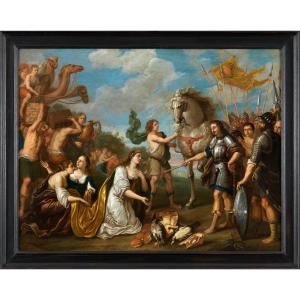Before becoming king, David was driven into the desert by his predecessor, Saul. The Book of Kings recounts David's gathering of several robbers to form a troop of soldiers. In this desert lived the rich merchant and breeder Nabal who did not accede to David's request to supply his troops. Abigail, wife of Nabal, aware of the affront committed, decided to go herself to bring food which David accepts, it is this scene which is represented in our painting. In our composition, Abigail implores the future king of the Jews to forgive her, pointing with one hand to the food and with the other to her chest. Painted like Louis XIII with his long hair and his mustaches trimmed "at the tip of a dagger", he forgives her with a gesture of his baton. The provisions, amassed between the two protagonists and subsequently transported from Nabal's wife, were enough to appease the anger of a king who turns out to be magnanimous. Leniency is a quality appreciated in sovereigns during the religious wars, when conflicts and betrayals are commonplace. David's horse, held by a squire, punctuates the composition and energizes the scene with its fiery gaze and agitated mane. The three camels, whose heads emerge on the left, contribute to this impression of movement. The artist demonstrates care in the execution of the bodies, armor and drapery. The variety of protagonists allows the painter to express all the richness of his chromatic palette, even in the sky which occupies an important place.
Simon de Vos painted two other representations of the meeting between David and Abigail, one in 1641 kept at the Hermitage Museum in Saint Petersburg and the other in 1655 at the Musée des Augustins in Toulouse. These two versions have in common with ours to give an important place to the bestiary. In addition, the chosen palette is similar on several levels: clothes of Abigail's servants, horse's coat, tone of the sky... De Vos does not hesitate to use an extended chromatic range, by declining a range of yellows and ochres, notably in his Martyrdom of Saint Philippe kept at the Palais des Beaux-Arts in Lille, where an expressive horse brings panache to the composition. Iconographically, de Vos draws on the interpretations of the subject given by Peter Paul Rubens (1577-1640), particularly in the importance given to the gestures of the protagonists and the striking presence of the horse. In terms of the general composition, our artist uses the scheme established by Franz Francken II (1581-1642), where the groups are separated along a more oblique axis. For our painting, the resemblance between David and Louis XIII, in his various portraits that have come down to us, should situate us temporally during or shortly after the Thirty Years' War (1618-1648). Indeed, the court of France was at that time an important source of orders for artists from the North, as evidenced by the large cycle commissioned by Marie de Medici in 1621.
Sold with invoice and certificate of expertise.
We have chosen to present this painting to you in a stylish blackened wooden casseta frame.
Dimensions: 68 x 87.5 cm – 79 x 99 with the frame
Simon de Vos (Antwerp 28.10.1603 – Id. 15.10.1676) was received as a master at the Academy of Saint Luke in Antwerp in 1620. He worked for eight years in the studio of Peter Paul Rubens, whose influence will be felt in all his work, accompanying him on his travels in Europe. Returning to Antwerp at the end of the 1620s, he frequently collaborated with Franz Snyders and Alexandre Adriaenssen. From the 1640s, he concentrated on great history painting, with a preference for religious subjects where he synthesized the contributions of Rubens and van Dyck. He had a certain success in his art, selling his paintings to great dealers such as Chrysostoom van Immerseel. The mention of his person in the iconographic album directed and edited by van Dyck, listing the great Antwerp personalities of his time, testifies to the consideration that his peers felt for him. Rubens also had a portrait of him painted by Abraham de Vries.
Bibliography:
D'HULST, R.-A., VANDENVEN, M., Corpus Rubenianum Ludwig Brucharg, Rubens: The Old Testament, Oxford University Press, New York, 1989. RAGER, Catherine, Dictionary of Mythological, Biblical, Hagiographic and historical in art, Turnhout, Brepols, 1994.
REAU, Louis, Iconography of Christian art, 3 vol. Paris, Presses Universitaires de France, 1959.
VLIEGHE, Hans, Flemish Art and Architecture, 1585-1700, New Haven, Yale University Press, 1998.




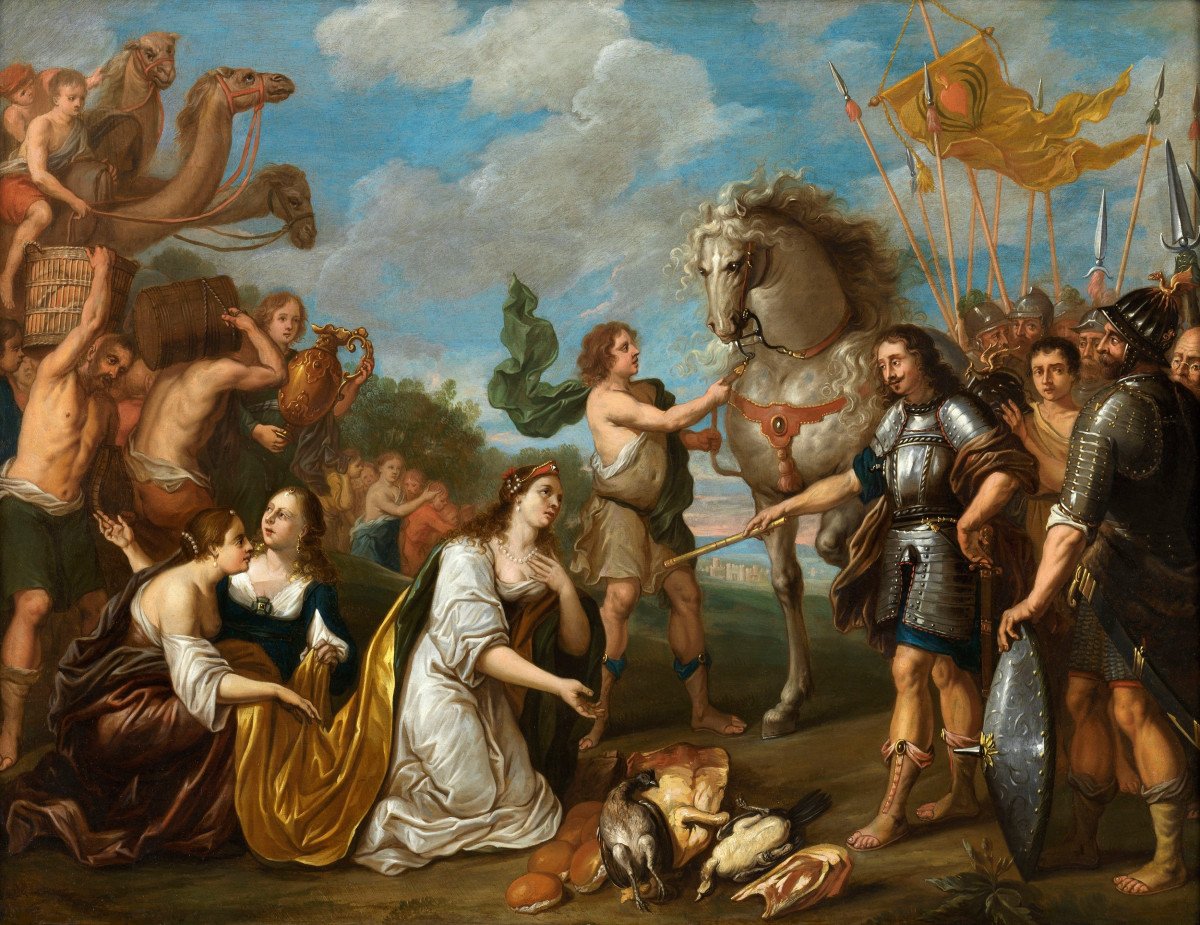


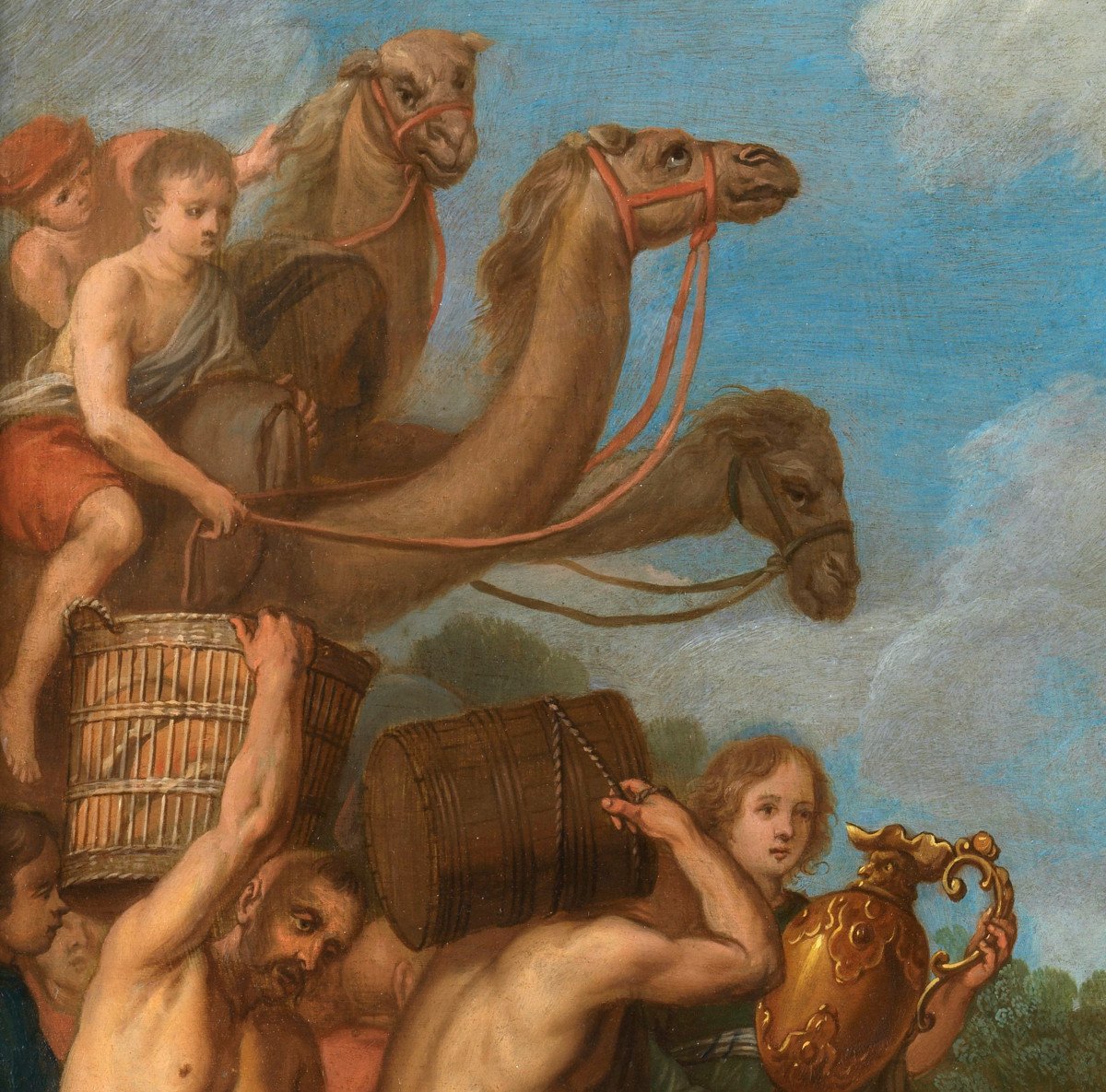

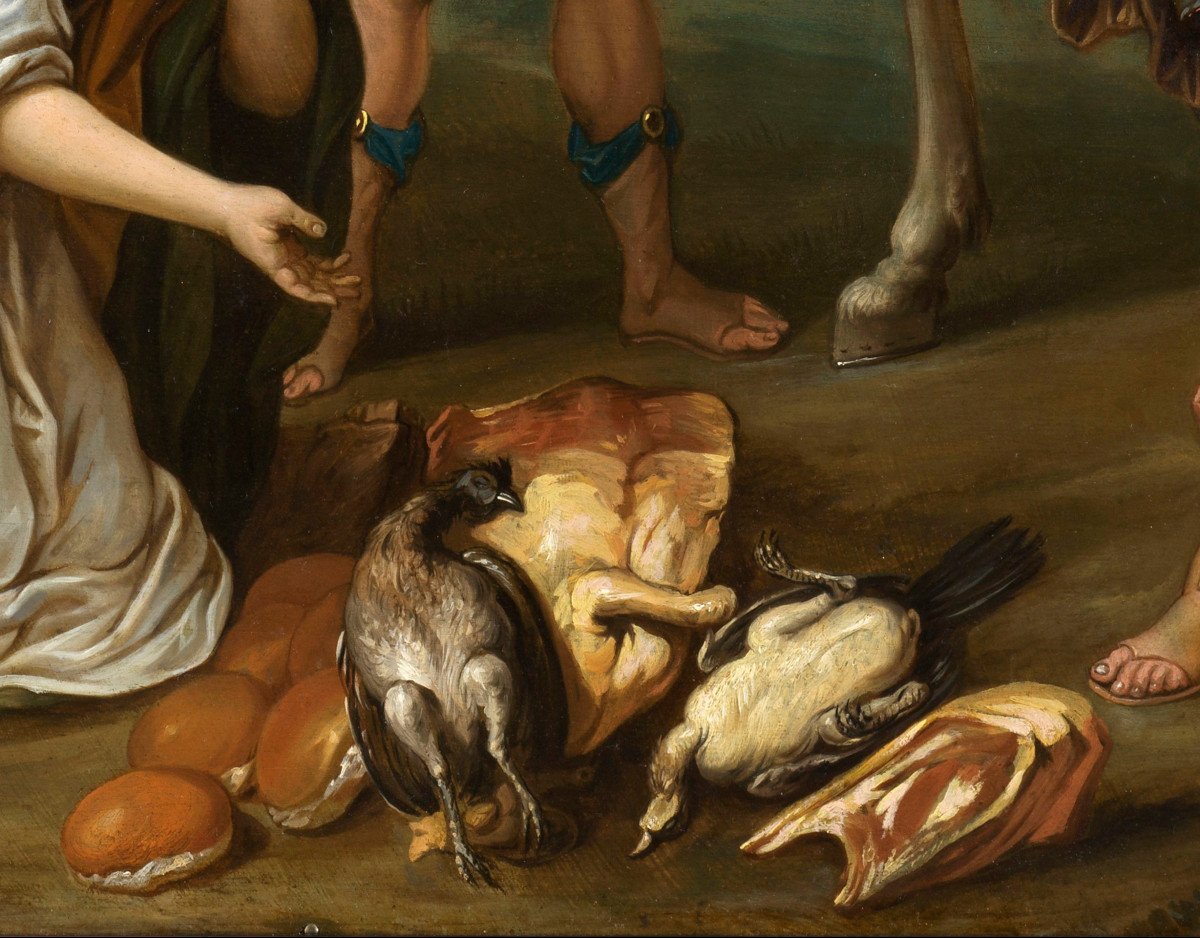
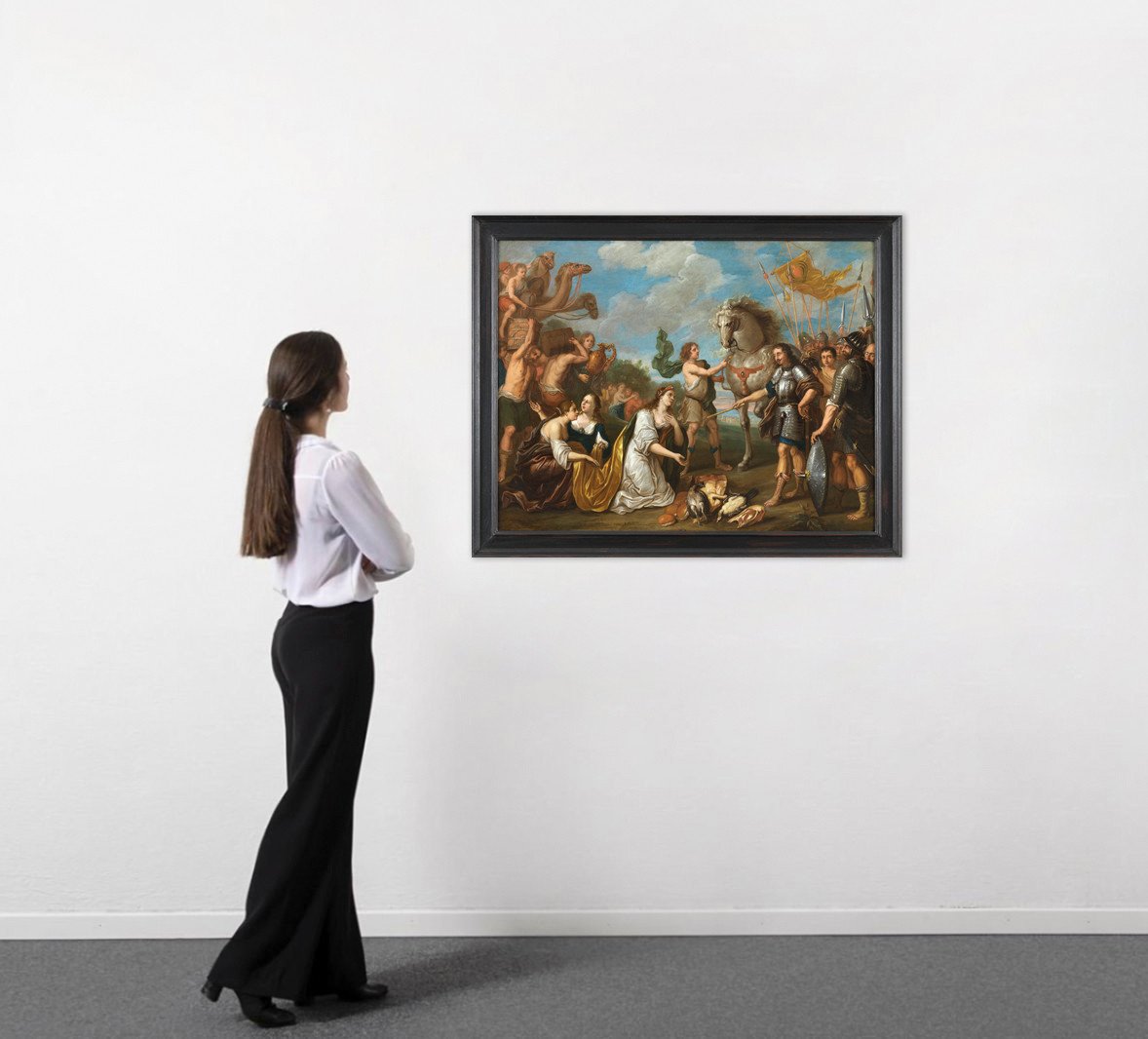








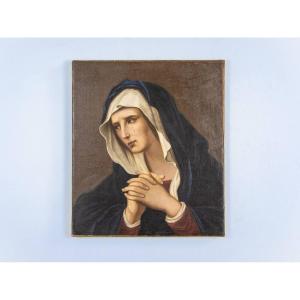


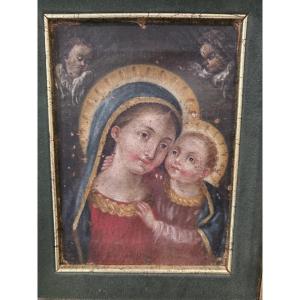




 Le Magazine de PROANTIC
Le Magazine de PROANTIC TRÉSORS Magazine
TRÉSORS Magazine Rivista Artiquariato
Rivista Artiquariato
